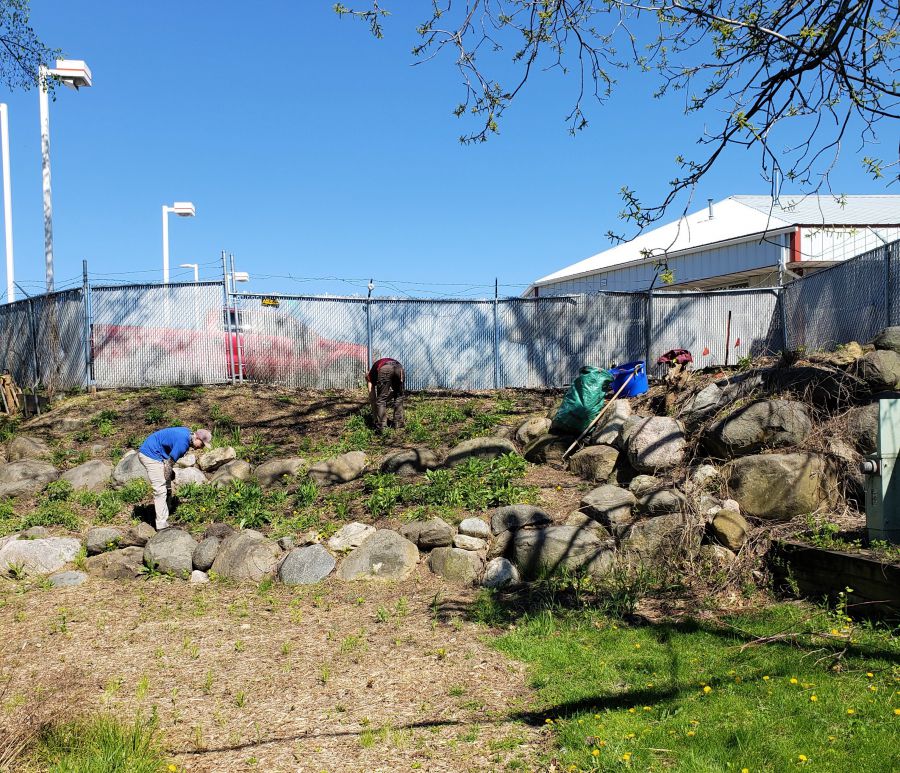Integrated Pest Management
The effective maintenance of native plant communities involves the monitoring and control of invasive plants. City Engineering continues to develop an Integrated Pest Management (IPM) process to help manage invasive species. IPM is an approach to management decisions that integrates biological, physical, and chemical tools while minimizing health and environmental risks.
Monitoring is the first and most important part of the IPM process. . Monitoring involves walking sites and noting desirable species, invasive species, sources of invasive species, disturbed areas, pollution or litter, erosion and any other issues that can disrupt the ecological functioning of a site. Without monitoring there is no way to know which sites require and will benefit from additional maintenance. During monitoring staff may develop context-specific thresholds at which invasive species may be tolerated.

Many invasive species that threaten the development of healthy native plant communities may be managed with strategic mowing. Mowing can help control herbaceous invasive species if timed appropriately, usually for when a plant is flowering. Mowing can also set back volunteer tree and shrub growth that may lead to flooding, erosion or infrastructure concerns. Engineering may request selective spot mows in conjunction with timed mows to preserve desirable blooms and reduce unnecessary mowing. Historically all stormwater land has been mowed at least once annually. Due to the large amount of stormwater land, not all sites can be mowed at the optimal time for the preservation of native plant blooms and to target invasive plant growth. Monitoring of stormwater land helps inform staff decisions about which sites will benefit most from timed mows.
Manual removal of invasive species is the most labor intensive approach, requiring hands-on spot removal of invasive plants by staff trained to identify native and invasive plant species. Manual removal includes hand digging, cutting, pulling, and brush mowing before the plant produces seed. This method is effective for species that are short-lived and spread aggressively by seed like wild parsnip or teasel.
Chemical pest control may be used as a last resort for species where mechanical control has not proven to be effective, and/or as identified by WDNR, UW-Extension or other credible sources.
